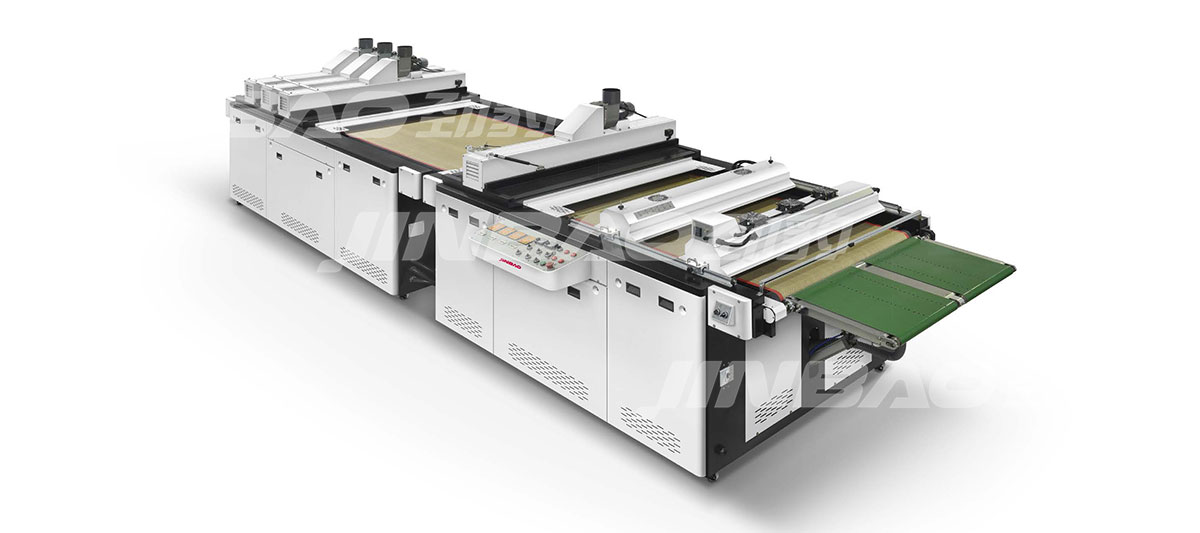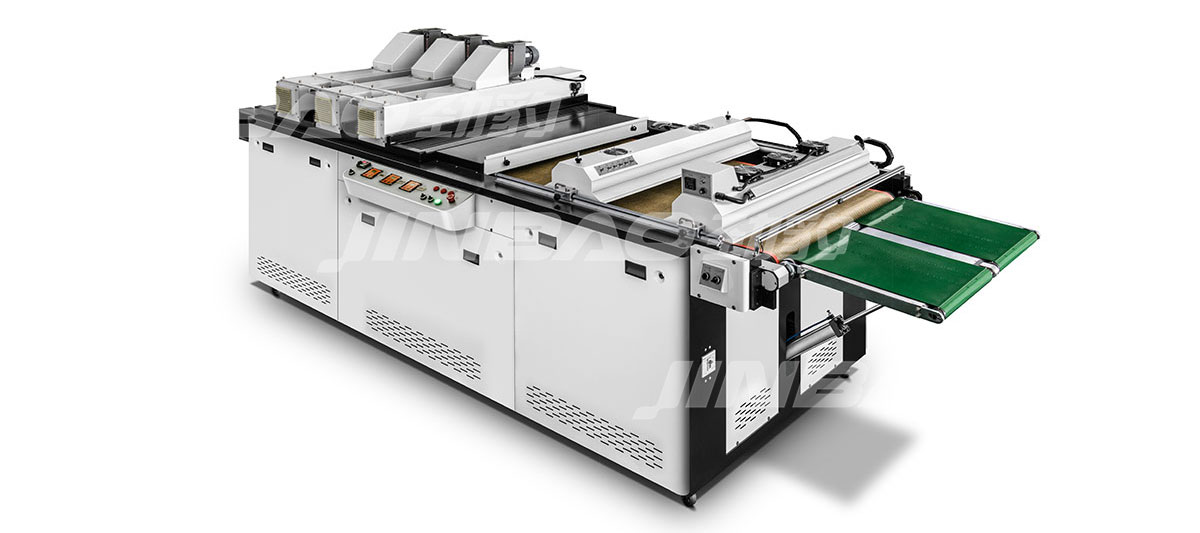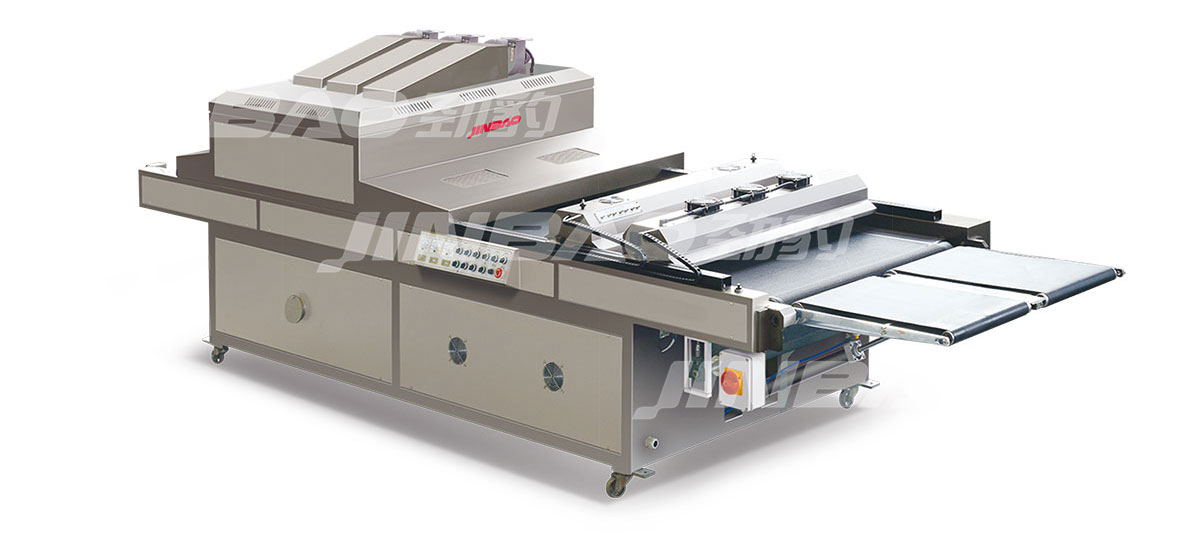What Is A Good Tension For Screen Printing
Screen tension refers to the degree of tension that the screen bears when it is stretched. The ideal tension is generally in the range of 15 to 35N/cm, which depends on multiple factors such as the printed material, printed pattern, and ink. For example, plastisol ink is suitable for high tension, while water-based or discharge ink is more beneficial for low tension; medium and high tension is often used for cotton fabrics, while higher tension is required for rigid materials; higher tension is suitable for fine designs, while low to medium tension is sufficient for bold or large designs.
At the same time, the ideal tension will also be affected by the mesh count of the screen (the mesh count refers to the number of mesh holes per inch of the screen, which can also be understood as the density of the screen):
* Low mesh (80 - 120 mesh): tension 20 - 25N/cm, suitable for printing on thick ink fabrics, which facilitates ink movement.
* Medium mesh (150 - 180 mesh): tension 25 - 28N/cm, balance between details and ink, general standard design and fabric.
* High mesh (200+ mesh): Tension 28 - 35N/cm and above, used for fine printing, ensuring high precision and clear effects.
Why choose the ideal screen tension?
In the printing process, the operation effect of the screen printing machine is closely related to the screen tension, and choosing the ideal screen tension is crucial.
* For printing accuracy, the appropriate screen tension can ensure the accurate reproduction of the pattern size on the screen printing machine, guarantee the registration of each color pattern during multi-color overprinting, and make the ink transfer evenly during the printing process, so as to achieve special printing effects such as gradient ink printing and halftone printing, and meet various high-quality printing needs.
* In terms of printing efficiency, the ideal screen tension can not only increase the printing speed, so that the screen printer can adapt to the high-speed production rhythm, but also reduce the defective rate, reduce the material waste and rework costs caused by printing quality problems, which is of great significance to ensure the overall printing quality of the screen printer and improve production efficiency.
* In terms of screen life, during the operation of the screen printer, the ideal tension can reduce the damage to the screen caused by factors such as repeated action of the scraper, ink pressure and mechanical vibration, extend the replacement cycle of the screen, reduce production costs, and improve the operation stability and economy of the screen printer.
Conclusion
In short, in-depth understanding and accurate grasp of the characteristics and adaptation relationship between mesh count and tension in screen printing play an important role in optimizing the printing process, improving printing quality and efficiency, and is the key to promoting the continuous development and widespread application of screen printing technology.





